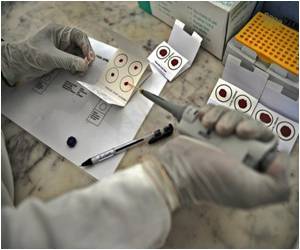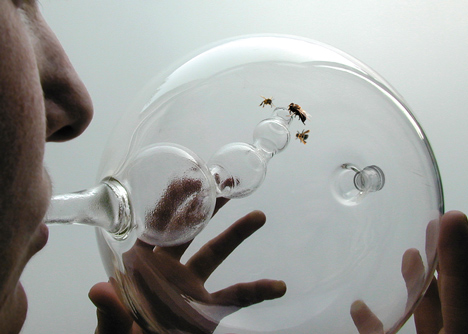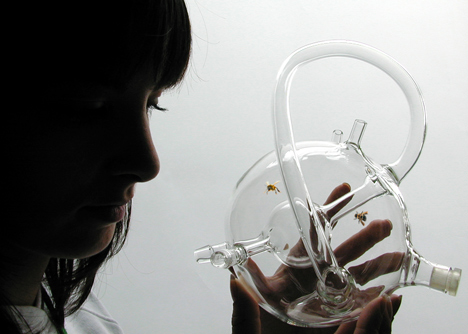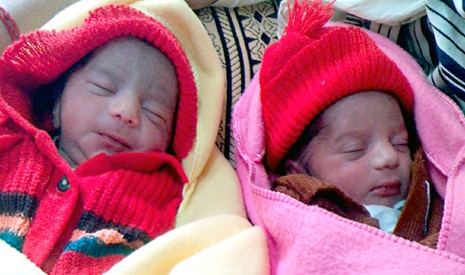
Many people who want to lose weight and improve their overall health in general have been turning to tea to help them be healthier and prevent many different types of diseases. The health benefits of tea have been proven time and time again, and people have used it for centuries to help them live longer and stay healthy.
There are many different types of tea, from white tea to black tea to green tea. One of the rarest types of tea is white tea, which is found only in China and is actually harvested from the same plants that green and black tea come from as well.
White tea is harvested from the leaves before the buds have completely blossomed; this makes it so the tea is as close to its natural state as possible and goes through less processing than other types of tea. Where black and green tea have both been cured and oxidized, white tea has not.
White tea provides the body and the mind with a number of benefits, many of which are more powerful than green or black teas. Some of the facts about white tea, especially in relation to green and black teas, are:
• Higher anti viral properties. White tea provides more antiviral properties than both green tea and black tea, as a result of its minimal processing.
• More amino acids. Because it is harvested from buds and leaves that are much younger than when black and green tea are harvested, it also has more amino acids.
• More antibacterial abilities. White tea also contains a stronger concentration of antibacterial qualities than do green or black tea. High levels of catechin and gallic acid are also beneficial to the body.
• Higher antioxidant capabilities. Most teas contain antioxidants that are good at cleansing the body of toxins that accumulate throughout the years as a result of pollutants in the air, undigested particles of food, and waste build up. The high levels of antioxidants found in white tea are better at flushing out these toxins, leaving you healthier and more energized.
• Greater cancer fighting abilities. Certain types of teas have been shown to help fight harmful cancer cells and build up cancer-fighting cells within the body. White tea contains the most properties of the various types of tea to help ward off certain types of cancer.
• Greater effect on stress levels. The higher levels of amino acids found in white tea have a better effect on stress levels than black and green teas as well. These acids contain more properties that enhance the mood and lower the stress levels.
Because it is rare, white tea is frequently more expensive than black, green, and other types of tea. However, the health benefits you will receive from drinking white tea are worth it!
One way to get enough white tea is to try White Tea with Acai, which combines the power of white tea with the super fruit Acai berry to give you even more powerful health benefits.
Source: Healthy lifestyle




 Diseases like malaria and jaundice have claimed 20 lives since last week in Longding district of Arunachal Pradesh, an official report said today.
Diseases like malaria and jaundice have claimed 20 lives since last week in Longding district of Arunachal Pradesh, an official report said today. Information and Public Relation Department, Thangwang Wangham, said that the situation is alarming as every day new cases are being reported.
Information and Public Relation Department, Thangwang Wangham, said that the situation is alarming as every day new cases are being reported.





 The chill of winters has set in and staying warm has become a priority. We have some pointers here to beat the cold and enjoy this season:
The chill of winters has set in and staying warm has become a priority. We have some pointers here to beat the cold and enjoy this season: